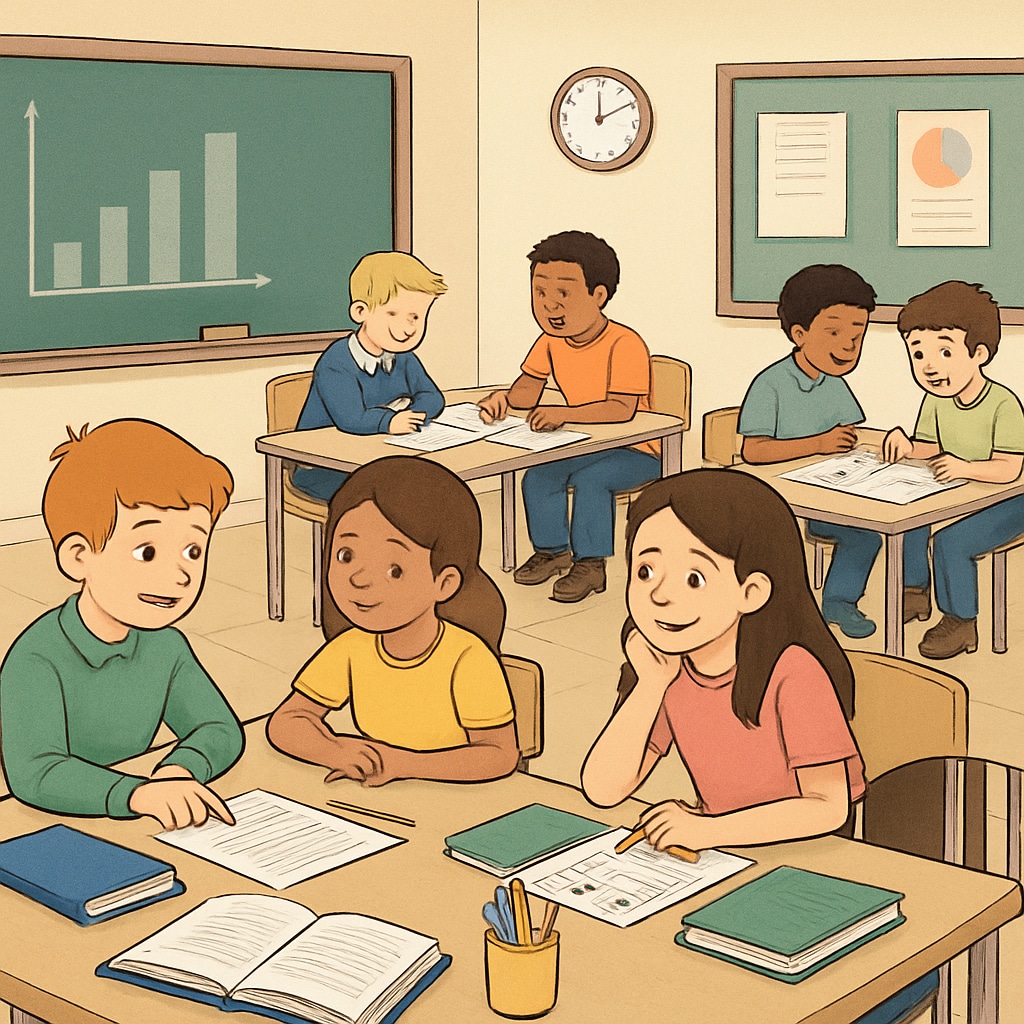The current reliance on grades as the primary measure of academic success poses significant challenges to the authenticity of learning assessment systems. While grades offer a standardized way to evaluate performance, they often fail to capture the depth of a student’s understanding, creativity, or real-world problem-solving abilities. This article delves into the limitations of traditional grading systems and explores alternative, more dynamic approaches that can better nurture holistic development.
The Limitations of Grades in Evaluating True Learning
Grades are often viewed as the ultimate indicator of student success. However, this overemphasis on numerical or letter-based evaluations can obscure the broader purpose of education. For instance:
- One-dimensional focus: Grades primarily measure a student’s ability to memorize and reproduce information, often prioritizing rote learning over critical thinking.
- Neglect of soft skills: Attributes such as communication, teamwork, and adaptability, which are crucial in real-world contexts, are rarely assessed.
- Pressure and anxiety: Over-reliance on grades can create a high-stress environment, hindering students’ intrinsic motivation to learn.
As a result, many students may excel in exams without developing a genuine understanding of the subject matter or the ability to apply their knowledge outside the classroom.

Rethinking Learning Assessment Systems
To address the shortcomings of traditional grading systems, educators and policymakers must consider more comprehensive approaches to evaluating student progress. Here are some innovative strategies:
- Project-based learning: Encouraging students to work on real-world problems through projects can demonstrate their ability to apply knowledge creatively and collaboratively.
- Portfolios: A collection of a student’s work over time provides insight into their growth, strengths, and areas for improvement.
- Peer and self-assessment: Involving students in the evaluation process fosters reflection and accountability, enhancing their learning experience.
- Holistic reporting: Incorporating feedback on cognitive, social, and emotional development offers a more rounded perspective of a student’s progress.
Such methods not only provide a more accurate picture of student capabilities but also encourage lifelong learning habits.

Balancing Traditional and Modern Metrics
While alternative methods hold great promise, grades cannot be entirely discarded. Instead, a balanced approach that combines traditional and modern metrics could offer the best of both worlds. For example:
- Use grades for foundational knowledge assessment while leveraging projects for application-based learning.
- Incorporate regular feedback sessions to provide students with actionable insights on their performance.
- Introduce non-academic metrics, such as community involvement and leadership skills, into the evaluation framework.
This hybrid system would allow educators to maintain standardization where necessary while promoting a deeper, more meaningful learning experience.
Conclusion: A Call for Change
The limitations of grades as the sole measure of success in K-12 education are evident. By rethinking our learning assessment systems, we can create an environment where students are evaluated not just on their ability to pass exams, but on their overall growth as individuals. This shift requires collaboration among educators, parents, and policymakers, but the potential benefits—enhanced student engagement, reduced stress, and better preparedness for the real world—make it a worthy endeavor.
Ultimately, education should inspire curiosity, creativity, and a lifelong love of learning. It’s time to move beyond grades and embrace a more holistic approach to student assessment.
Readability guidance: This article uses short paragraphs, clear headings, and lists to enhance readability. Transitions like “however,” “in addition,” and “as a result” ensure a smooth flow of ideas.


